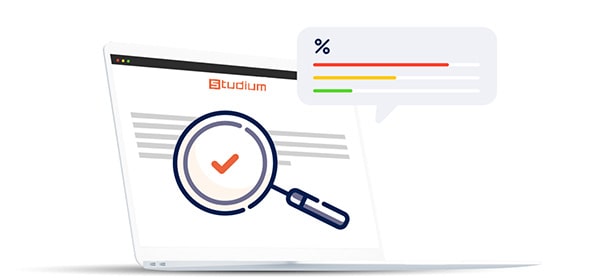Revision cards are an essential tool for students looking to optimize their learning and succeed in their exams. Whether you're in middle school, high school, or higher education, mastering the art of creating impactful revision cards can make all the difference in your academic success.
In this article, discover advanced techniques to create and use revision cards—and transform your exam results!
Summary:









